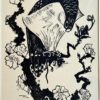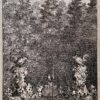Unknown artist.
Antique print, engraving I Greek Leda, published ca. 1730, 1 p.
Full-length view on the statue of Leda, now in the Uffizi in Florence. The result of a donation from Cardinal Cesi to Francesco I de’ Medici, the statue arrived in the Gallery at the end of the sixteenth century. The head of the statue, although ancient, does not appear to belong to the body. The right arm, the block formed by the lower part of the drapery, the feet, the hem of the garment that falls over the left arm and finally the neck and the head of the swan are equally integrated. Precisely the presence of this bird, held by the woman with her left hand, allows for the identification of the young woman with Leda. She was the mythical queen of Sparta, with whom Zeus copulated, in the form of a swan, leading to the birth of the Dioscuri, Clytemnestra and Helen of Troy. The work, of which a second replica is known in the National Archaeological Museum of Naples, can be classified among the productions of the 1st-2nd century AD, inspired by older Greek models, which can be placed around 330-300 BC.
Eighteenth century impression after Bisschop’s Signorum Veterum Icones I (30). The statue preserves the same orientation, which is not represented in Campiglia’s Museum Florentinum […], Statuae antiquae deorum et virorum illustrium […], from 1734.
Titled below: LEDA cum cygno Stat. ant. in thesauro mediceo magni Ducis Etruriae. Numbered on the top right corner: ‘7.’
Unknown artist and unknown publication.
[NL] Standbeeld van Leda, origineel in de Uffizi in Florence. Leda met zwaan, de vermomming van Zeus. Leda legde twee eieren waaruit elk een tweeling kwam. Uit het ene ei kwam de Dioscuri (Castor en Pollux), uit het andere ei kwamen Klytaimnestra en Helena van Troje.
SKU: PR121280
Etching and engraving on paper, with margins; total: 435 x 242 mm. Some scratches and rubbing, some traces of water on the top region of the print; some damages along the margins, overall in very good condition.
€ 145,20(€ 120,00


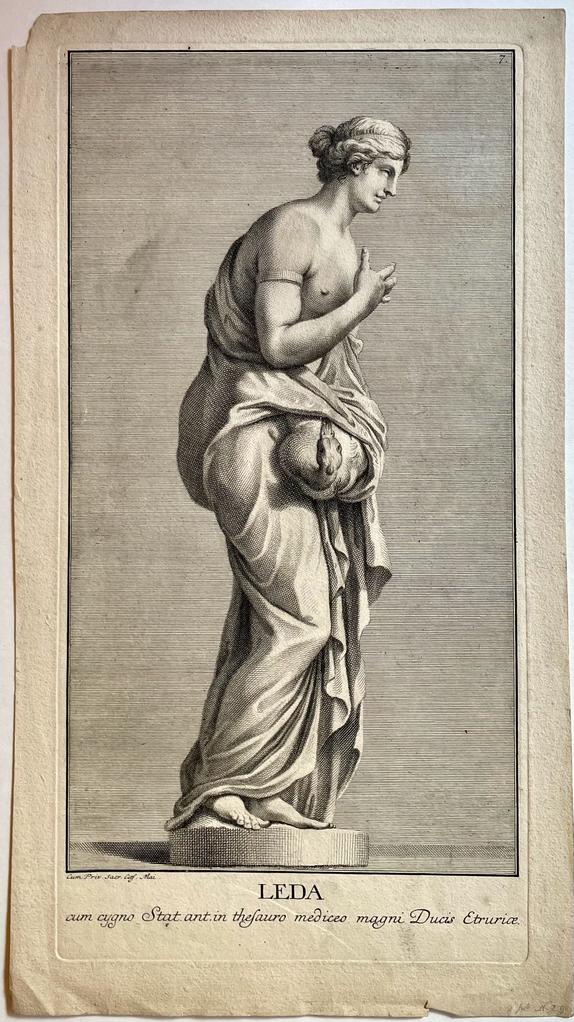

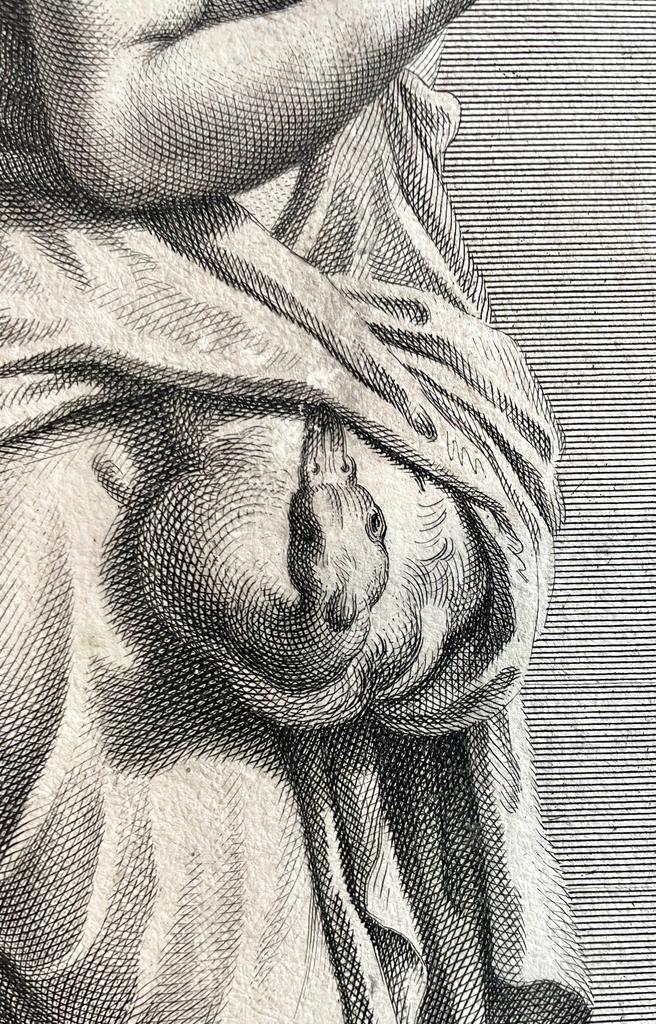
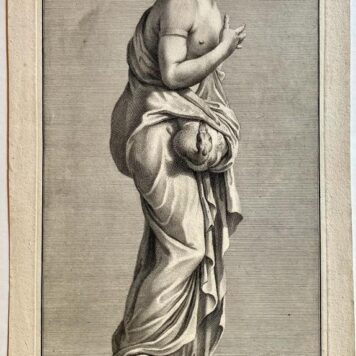
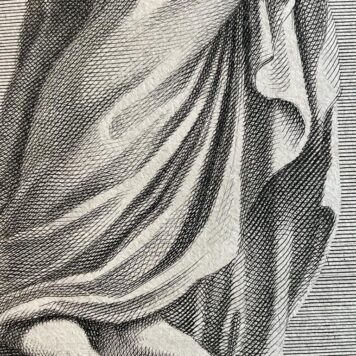

![[Antique print, engraving 1745] Cadde Drusilla Fantini... [Vita di S. Filippo Neri Fiorentino] (miracle healing), published 1745, 1 p.](https://arinevandersteur.nl/wp-content/uploads/WhatsApp-Image-2022-10-10-at-10.22.38-PM-356x356.jpeg)
![[Antique print, engraving 1745] Cadde Drusilla Fantini... [Vita di S. Filippo Neri Fiorentino] (miracle healing), published 1745, 1 p.](https://arinevandersteur.nl/wp-content/uploads/WhatsApp-Image-2022-10-10-at-10.44.25-PM-356x356.jpeg)
![[Antique print, etching/ets, Rome] PYRAMIS C. CESTII... Views of Rome [Set title] (Piramide van Cestius), published 1705, 1 p.](https://arinevandersteur.nl/wp-content/uploads/WhatsApp-Image-2022-08-25-at-3.10.40-PM-356x356.jpeg)
![[Antique print, etching] VOORNAAMSTE GEBOUWEN Vande Tegenwoordige STADT ROMEN (view of the Church of Sant'Andrea della Valle), published ca. 1681.](https://arinevandersteur.nl/wp-content/uploads/59613-356x293.jpg)
![[Antique print, etching, Rome] VOORNAAMSTE GEBOUWEN Vande Tegenwoordige STADT ROMEN (view on the dome of St. Pieter from a hill in Rome), published ca. 1681, 1 p.](https://arinevandersteur.nl/wp-content/uploads/WhatsApp-Image-2022-08-25-at-11.35.19-AM-356x356.jpeg)
